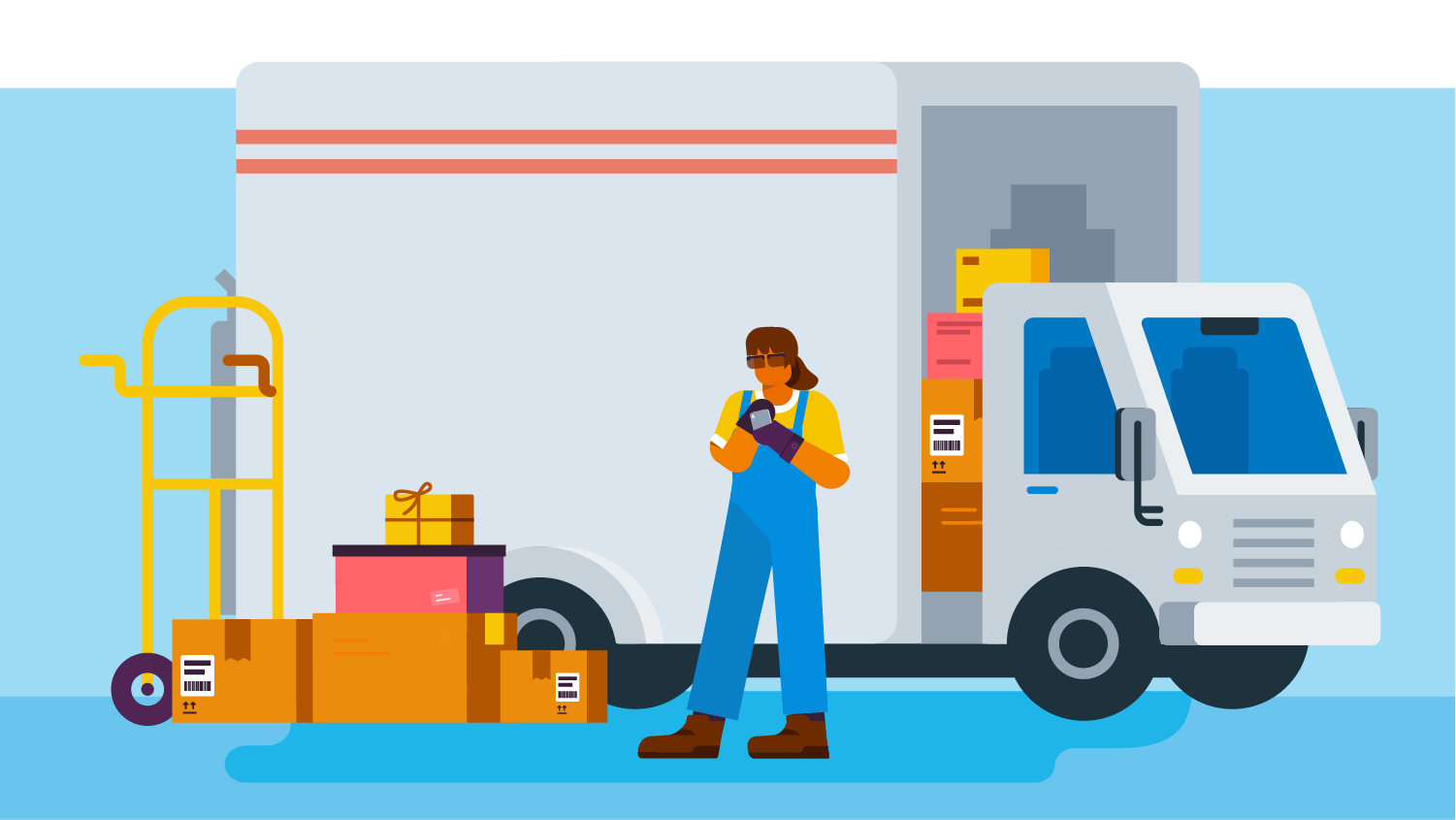Pre Move Planning Movers: Specialist Relocation Specialists Can Help Make Your Transition Smooth And Worry-free
History and Advancement of Moving Solutions
The Dawn of Moving: From Muscle to Machines
Picture this: a handful of strong guys hauling heavy trunks on wood carts, browsing cobblestone streets with sweat and determination. Before the contemporary moving market took shape, moving was a ruthless, labor-intensive task. In ancient times, moving often implied depending on sheer physical strength and simple tools. The absence of specialized services suggested families and merchants needed to collaborate every information themselves, typically risking damage or loss.
Isn't it fascinating how need fuels innovation? As cities expanded and commerce thrived, the requirement for effective, trustworthy moving options ended up being glaringly apparent. Go into the age of horse-drawn wagons and later, motorized lorries, which changed how valuables took a trip from one location to another.
Industrial Transformation: The Catalyst for Change
The 19th century's commercial boom improved numerous aspects of life, including how individuals moved. All of a sudden, city migration surged, and with it, the need for expert movers skyrocketed. No longer was moving a simple task; it progressed into a specialized service offering:
- Packing competence to protect fragile products
- Organized loading techniques making the most of area
- Transport options tailored to various distances
This period marked the birth of companies dedicated exclusively to moving, preparing for today's complex logistics and customer-centric methods.
Technological Advancements and Their Effect
Can you envision moving without modern devices? The development of hydraulic lifts, forklifts, and pallet jacks transformed the market over night. Unexpectedly, movers could deal with bulky furniture and heavy devices with ease, decreasing injuries and improving efficiency.
Moreover, the combination of digital technology stimulated a new wave of innovation. GPS tracking, online reservation platforms, and real-time inventory management have ended up being staples in the moving services landscape. These tools not just boost openness but likewise empower clients to stay connected and informed throughout their moving journey.
Secret Milestones in Moving Provider Development
| Era | Development | Significance |
|---|---|---|
| Ancient Times | Manual labor and standard carts | Structure of moving as a requirement |
| 19th Century | Horse-drawn wagons and packaging services | Birth of professional moving business |
| 20th Century | Motorized trucks and mechanized devices | Increased performance and scale |
| 21st Century | Digital integration and GPS technology | Enhanced consumer experience and logistics |
Reflections on the Journey
Reviewing the development of movers, one might wonder: how did a simple act of transferring belongings end up being a sophisticated industry? It's a tale of strength, adaptation, and constant improvement. From the sweat-soaked streets of old to the precision-driven operations of today, the history of moving services is as vibrant as individuals who rely on them.
Next time you pack a box or work with a mover, think about the layers of history embedded in every step. The journey of movers encapsulates human ingenuity, changing what was when a daunting job into a seamless experience.
Exploring the Spectrum of Moving Solutions
When the time comes to shift your life from one address to another, the series of moving services offered can seem like navigating a maze. Do you require an easy loading and unloading crew, or does your move need the skill of full packaging and unpacking? Comprehending the nuances can save hours of aggravation and unanticipated costs.
Common Types of Moving Providers
- Local Relocations: Designed for relocations within a city or city, these services usually run on a hourly basis, perfect for short ranges.
- Long-Distance Relocations: Covering moves beyond 100 miles, these need more coordination, from logistical planning to protect transportation, typically priced by weight and distance.
- Full-Service Relocations: Movers handle everything-- packaging, filling, carrying, unloading, and sometimes even unloading. Suitable for those pressed for time or energy.
- Self-Service Relocations: You load and load your personal belongings, while the business manages transport and discharging. A middle ground offering cost savings and some convenience.
- Specialized Moves: For delicate, large, or valuable items like pianos, antiques, or artwork, needing specialized devices and knowledge.
Professional Tips to Navigate Your Moving Service Choices
- Focus on Flexibility: Pick a service that adjusts to unanticipated delays or last-minute changes-- stiff schedules can turn a smooth relocation into a logistical headache.
- Examine Insurance Coverage Options: Not all moving business offer the same level of defense. Comprehending your coverage can avoid heartache if something goes awry.
- Demand Detailed Inventories: A precise product list prevents disagreements and makes sure accountability, particularly when dealing with long-distance or specialized moves.
- Think About Season: Seasonal need can affect schedule and pricing. Early reserving during off-peak seasons may approve much better service and versatility.
- Inquire About Packing Materials: High-quality boxes, bubble wrap, and padding can be the difference in between a scratched treasure and a beautiful arrival.
Table: Service Features Compared
| Service Type | Who Loads? | Transportation Mode | Common Prices Model | Suitable For |
|---|---|---|---|---|
| Local Move | Client or Movers | Truck | Per hour | Short distances, little loads |
| Long-Distance Move | Movers | Truck or Container | Weight & & Distance | Cross-state or regional relocation |
| Full-Service Move | Movers | Truck | Flat or Weight-Based | Time-sensitive, high-stress relocations |
| Self-Service Move | Consumer | Truck or Container | Flat or Hourly | Cost-conscious, hands-on movers |
| Specialty Move | Movers with expertise | Specialized Devices | Custom Quote | Delicate or important products |
The Unseen Complexity Behind Each Choice
Have you ever questioned why moving seems effortless on tv but turns into a cascade of last-minute choices in genuine life? The reality depends on the intricacies of each service type. Full-service moves might seem like a luxury, however the expertise involved in packing delicate heirlooms or taking apart bulky furnishings is a craft sharpened over years. Opting for a self-service move might conserve cash, however it demands a keen understanding of how to pack effectively-- did you know that stacking oddly shaped boxes incorrectly can trigger internal shifting during transit, wrecking fragile contents?
Selecting the best kind of moving service is not almost benefit-- it's about protecting your memories and investments. What's your move's story going to be?

Packing and Moving Techniques
Ever tried to fit a travel suitcase that just will not close? That's the kind of puzzle professional movers solve daily-- however on a much larger scale. The secret lies not in brute force but in strategic positioning and intelligent use of space. Packing isn't merely about packing items into boxes; it's an art kind where every inch counts.
Layering for Success
Think of a painter layering colors to produce depth. Similarly, when packing, begin with much heavier products at the bottom, then cushion with softer products like bubble wrap or towels. This avoids damage and makes the most of box stability. Oddly formed products can slip into spaces, lowering wasted space.
- Wrap fragile products individually with tissue or foam to prevent scratches.
- Use clothes as cushioning-- it's both efficient and eco-friendly.
- Fill empty areas with packaging peanuts or crumpled paper to decrease movement.
Labeling: The Unsung Hero

What good is best packing if you spend hours searching through boxes? Detailed labeling is a game-changer. Rather of unclear tags like "Cooking area," attempt this approach:
| Label | Description | Priority |
|---|---|---|
| Vulnerable - Glassware | Handle with care, contains fragile products | High |
| Basics - Opening Night | Products required instantly after moving | Immediate |
| Books - Research Study Room | Stacked, heavy books | Medium |
Strategic Packaging Tips
- Disassemble big furniture and keep screws in labeled bags taped to the pieces.
- Use uniform box sizes when possible-- stacking ends up being much easier and safer.
- Don't overpack boxes; weight limits exist for a reason. Aim for 40-50 pounds max.
- Wrap furnishings edges with moving blankets to prevent scratches during transit.
- Seal boxes with high-quality packaging tape-- double layers on the bottom are important.
Why do some movers swear by a color-coded system? Since it removes uncertainty on moving day. Appoint each space a color and mark boxes accordingly. This little step can conserve hours when unloading and unpacking.
Packaging and moving demand accuracy-- like a chess video game where every move counts. Have you ever noticed how some movers manage large products effortlessly? They leverage angles and pivot indicate navigate tight corners without damage. It's not muscle; it's strategy.
Unseen Battles Behind the Moving Van Doors
Ever viewed a team of professional movers bring a grand piano through a narrow doorway and wondered how they pull it off without a scratch? The art of moving isn't simply muscle and trucks; it's a delicate dance with unpredictability. Weather condition can turn from a sunlit blessing to a torrential menace in minutes, turning a simple drive into a logistical maze.
One infamous obstacle is the labyrinthine design of some homes or houses. Staircases too tight for dollies, doorways narrower than standard boxes, or elevators that hardly fit a sofa-- these physical quirks demand innovative services on the spot. Movers often resort to unconventional strategies like dismantling furnishings or using tailor-made padding to safeguard both the product and the property.
Accuracy Packing: More Than Simply Covering
It's tempting to think packaging is merely packing boxes, however the truth is an intricate puzzle of weight circulation and fragility. Movers need to expect how items will move throughout transit-- a mistake can imply shattered heirlooms or dinged up home appliances. The secret weapon? Strategic layering and utilizing products with particular shock-absorbing qualities.
- Bubble wrap is standard, however rotating it with foam sheets can dramatically lower impact damage.
- Heavy items address the bottom; delicate ones nestle on top, cushioned by soft textiles.
- Identifying boxes not just by contents however by managing guidelines guarantees quicker, much safer discharging.
Another less spoke about pressure is the mental toll. The clock ticks relentlessly, and every delay ripples website through tight schedules. Remaining calm amidst chaotic last-minute modifications needs imagination and group synergy.
Traffic Jams and Timing: The Invisible Opponents
| Challenge | Expert Strategy | Impact |
|---|---|---|
| Urban congestion | Path optimization apps and flexible scheduling | Lessens delays and fuel consumption |
| Parking restrictions | Pre-arranged licenses or tactical parking close by | Prevents fines and time loss |
| Unforeseeable weather condition | Water resistant coverings and contingency plans | Protects the condition of products and equipment |
Do you actually understand what it takes to keep a moving day on track? It's not simply about strength or endurance; it's about foresight, versatility, and a deep understanding of every piece of the puzzle. The next time you see movers at work, remember: behind that seamless operation lies a series of computed maneuvers and fast thinking that few ever notice.